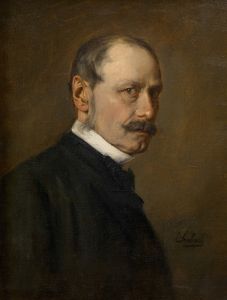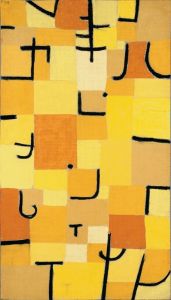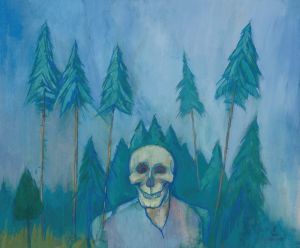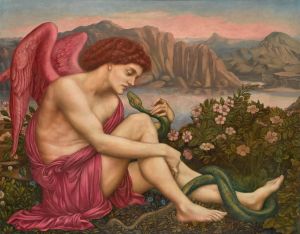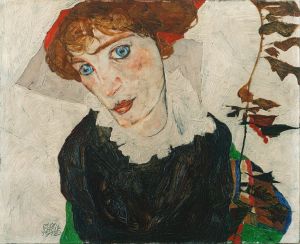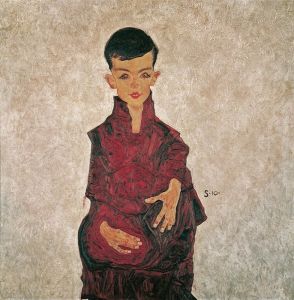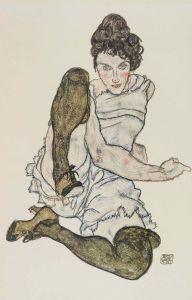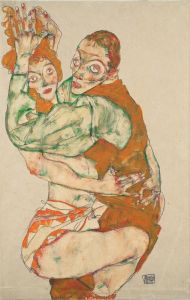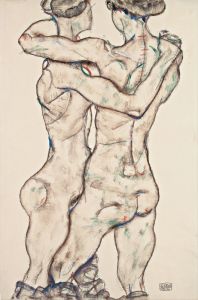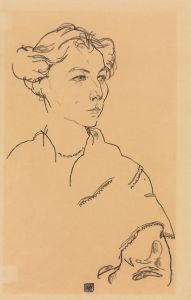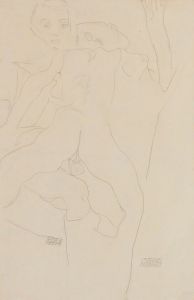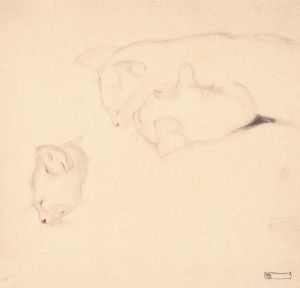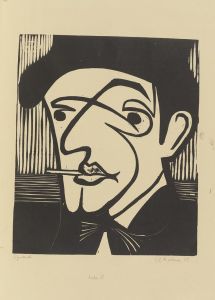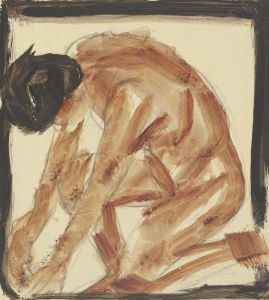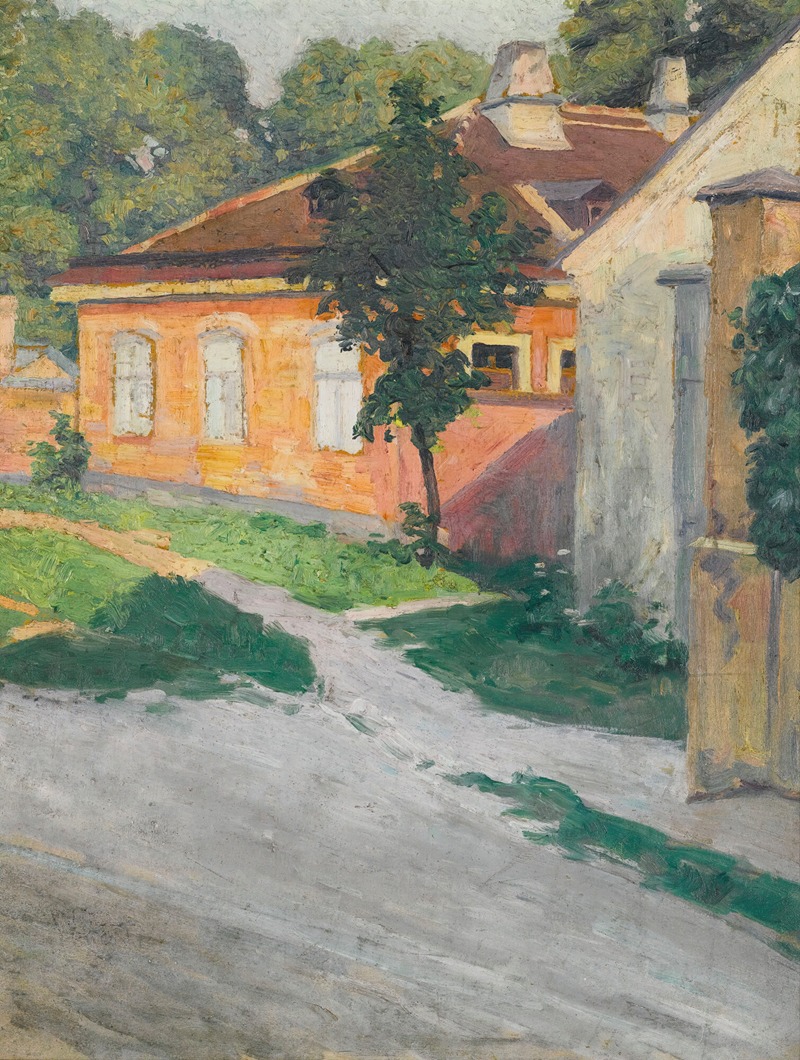
Haus In Hütteldorf
A hand-painted replica of Egon Schiele’s masterpiece Haus In Hütteldorf, meticulously crafted by professional artists to capture the true essence of the original. Each piece is created with museum-quality canvas and rare mineral pigments, carefully painted by experienced artists with delicate brushstrokes and rich, layered colors to perfectly recreate the texture of the original artwork. Unlike machine-printed reproductions, this hand-painted version brings the painting to life, infused with the artist’s emotions and skill in every stroke. Whether for personal collection or home decoration, it instantly elevates the artistic atmosphere of any space.
Egon Schiele, an Austrian painter known for his distinctive style and contribution to early 20th-century art, created a piece titled "Haus In Hütteldorf." Schiele was a protégé of Gustav Klimt and became a significant figure in the Expressionist movement. His works are characterized by their intensity, raw emotion, and often provocative subject matter. Schiele's art frequently explored themes of sexuality, death, and the human form, often pushing the boundaries of what was considered acceptable at the time.
"Haus In Hütteldorf" is one of Schiele's lesser-known works, and there is limited information available about this specific painting. However, it is consistent with Schiele's interest in capturing the essence of his surroundings and the architectural elements of his environment. Hütteldorf is a district in Vienna, Austria, which suggests that this painting might depict a scene from this area, reflecting Schiele's connection to Vienna and its surroundings.
Schiele's approach to painting was marked by bold lines, stark contrasts, and a vivid color palette, which he used to convey emotion and movement. His landscapes and architectural studies, such as "Haus In Hütteldorf," often feature a unique perspective and a sense of dynamism, capturing the essence of the subject rather than a realistic portrayal. This approach aligns with the broader Expressionist movement, which sought to express emotional experience rather than physical reality.
During his career, Schiele faced both acclaim and controversy. His work was often criticized for its explicit content and perceived immorality, leading to legal troubles, including a brief imprisonment in 1912. Despite these challenges, Schiele continued to produce a prolific body of work, including portraits, self-portraits, and landscapes, which have since been recognized for their artistic significance and emotional depth.
Schiele's life was tragically cut short by the Spanish flu pandemic in 1918, at the age of 28. Despite his brief career, he left a lasting impact on the art world, influencing future generations of artists and contributing to the development of modern art. His works are now celebrated for their innovative style and emotional intensity, with pieces held in major museums and collections worldwide.
While specific details about "Haus In Hütteldorf" are scarce, it can be appreciated within the context of Schiele's broader oeuvre. His ability to capture the spirit of a place and convey complex emotions through his distinctive style continues to resonate with audiences today. Schiele's work remains a testament to his skill and vision, securing his place as a pivotal figure in the history of art.





